For better or worse, period dramas have the unenviable reputation of being boring. But Netflix’s The Crown, which first premiered in 2016, is anything but. In conjunction with the stark visuals, emotional score, and award-winning cast, the series attempts to subvert our expectation of what a period piece can and should bring to the table in the 21st Century. By rendering the show’s POV closer to the British Royal Family than we’ve ever seen before, audiences are treated to an unprecedented look at what life inside Buckingham Palace may be like, or at the very least, feel like.

 81%
81% 78
78 8.6
8.6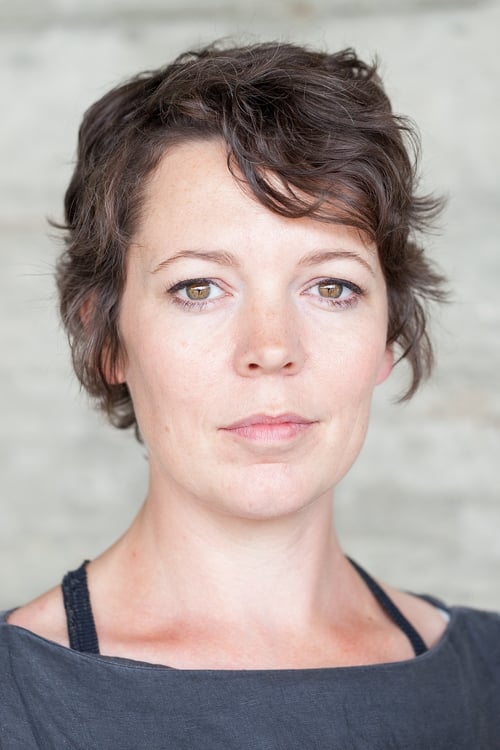
Olivia Colman
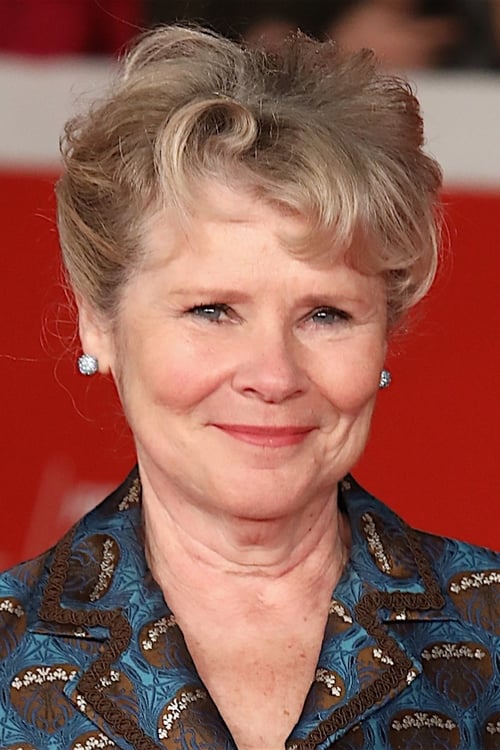
Imelda Staunton
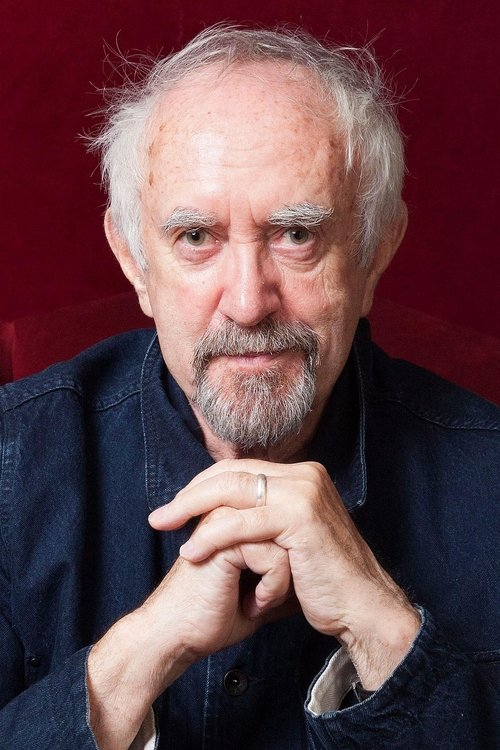
Jonathan Pryce
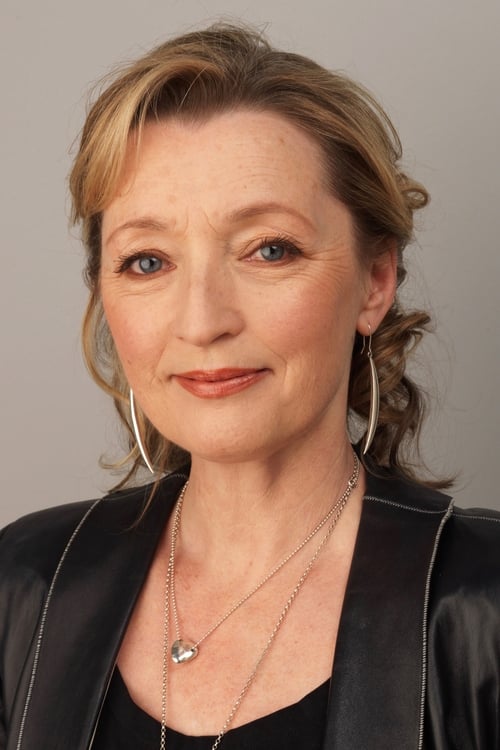
Lesley Manville
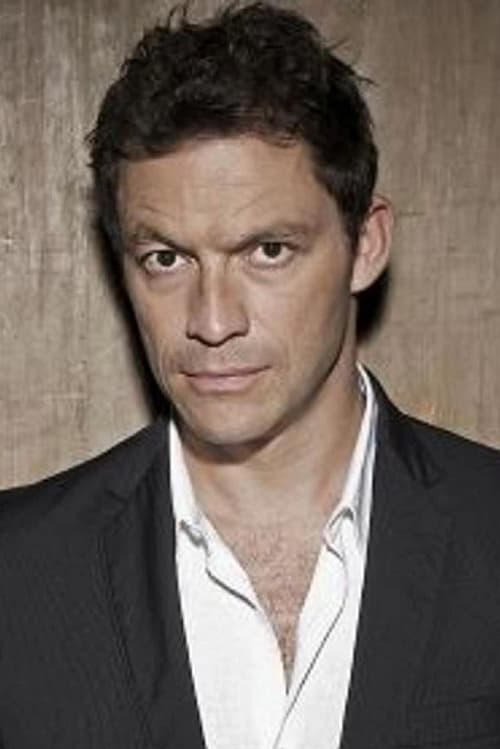
Dominic West
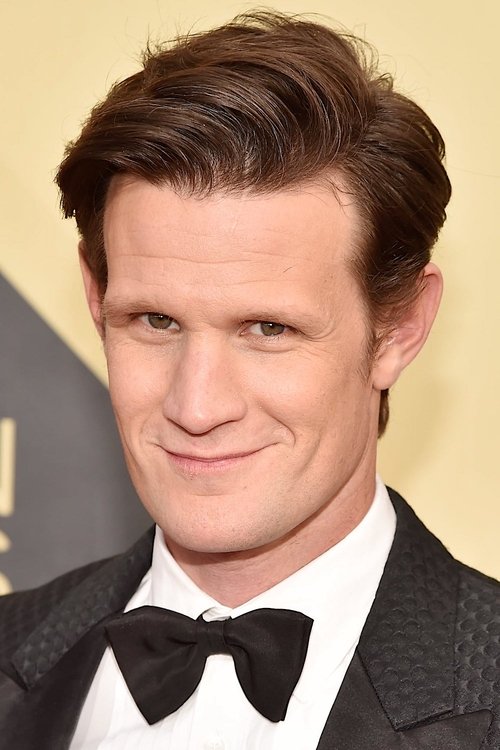
Matt Smith
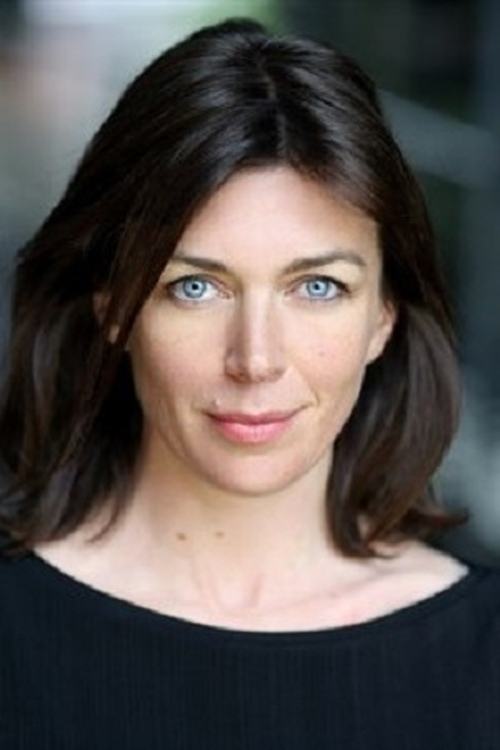
Claudia Harrison
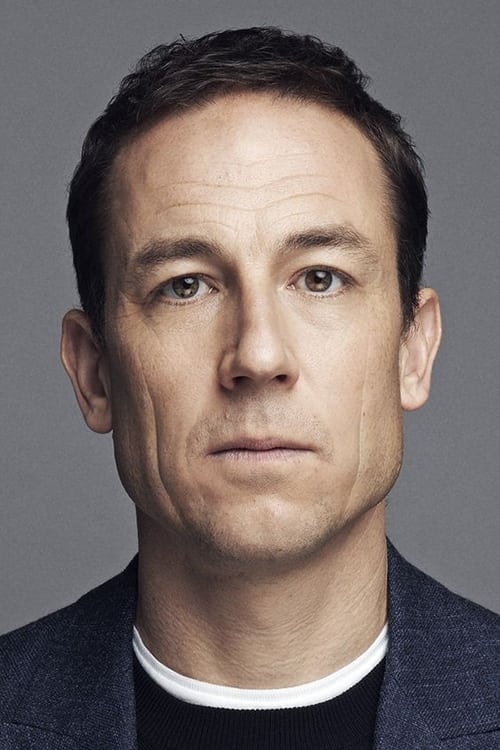
Tobias Menzies
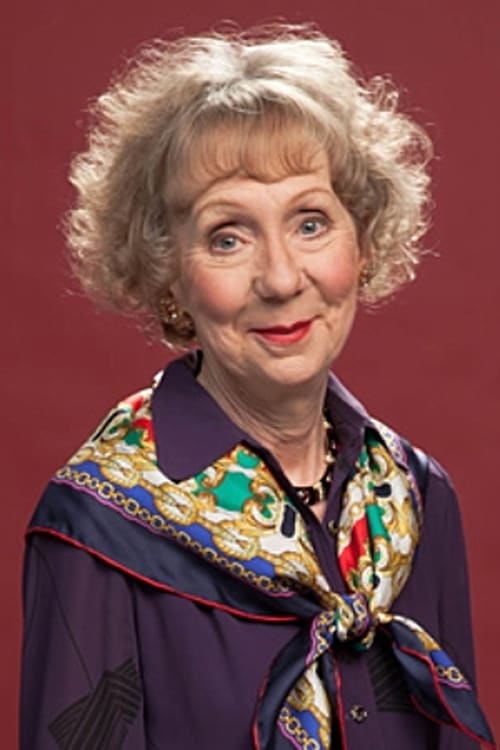
Marcia Warren
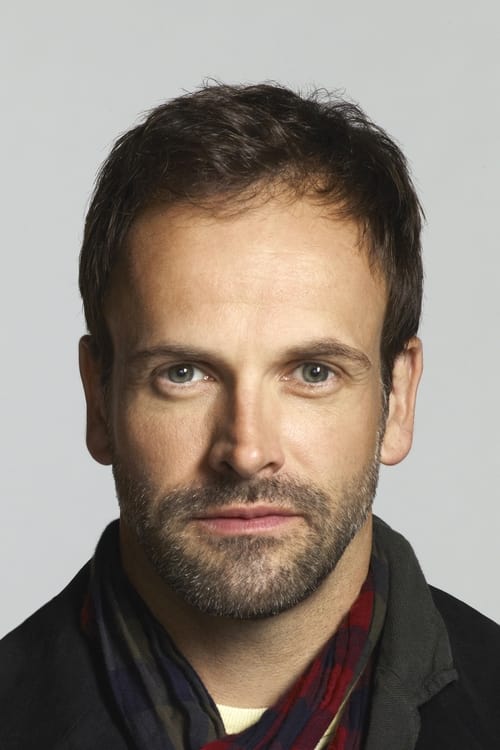
Jonny Lee Miller
Wolferton Splash
Directed by Stephen Daldry
The most immediately identifiable and iconic music from The Crown has to be its opening title score. The filmmakers recruited Hans Zimmer to compose this minute-long sweep, which encapsulates the tone of the entire series in just under a minute and a half. It starts out very quiet with some unassuming strings, overlayed against images of gilded mounts, sapphires, and emeralds that slowly coalesce into the crown itself. By the end of the piece, Zimmer assaults us with a full-blown symphony that makes the viewer feel almost as if they themselves are being crushed by the weight of this immortal object. It's a testament to just how little time it can take for a piece of music to elicit an emotional response. Anyone who watches the show knows it from a mile away.
Hyde Park Corner
Directed by Stephen Daldry
The first two episodes of The Crown do an excellent job showing you everything that’s going to happen while simultaneously showing you almost nothing at all. The biggest event right out the gate is that King George VI – father of Queen Elizabeth II – is diagnosed with lung cancer, a reality that will soon convert his princess daughter into the Queen of the United Kingdom. But the most touching moment in this episode is not between King George and Elizabeth, no, but between the king and his other daughter, Princess Margaret. Together, the duo sings Ella Fitzgerald’s “Bewitched, Bothered, and Bewildered” for a small party as the king pushes through a coughing fit in order to keep up appearances. Knowing his death is just around the corner makes it all the more painful as a single tear rolls down Margaret’s cheek from behind the piano.
Act of God
Directed by Julian Jarrold
Whether they know it or not, everyone has heard Mozart’s Requiem in D Minor, K. 626: III. Sequentia. Lacrimosa. The track is both ominous and foreboding, laced with a loud choir and hints of a religious atmosphere, making it the perfect fit for Act of God. As Winston Churchill’s secretary leaves Downing Street for the day, Lacrimosa kicks into high gear as a thick fog descends upon London. The fog lingers over the city for several days, disrupting every facet of local infrastructure while simultaneously taking the lives of various civilians. The scariest part of the whole thing is that there’s literally nothing anyone can do to stop the public from coughing to death or getting hit by traffic. An aptly named episode, for such phenomena, can only be wielded by a higher power.
Smoke and Mirrors
Directed by Philip Martin
The actual coronation of Queen Elizabeth II is without question the most existentially provocative sequence of The Crown’s first season. Another song we’ve all heard, whether we know it or not, is “All People That on Earth do Dwell,” a haunting hymn that plays as the Queen is marched up to the altar at Westminster Abbey. Just before the anointing, the transmission feed is cut so the ritual can remain blanketed to the public eye. During a viewing party of the coronation in Paris, a guest asks why the feed was cut. “Because we are mortals,” the host replies, a sentiment that mirrors the queen’s elevated status against the rest of the world.
Gelignite
Directed by Julian Jarrold
What would a series about Elizabeth II be without at least one grand belt of “God Save the Queen?” This particular incarnation of the song surfaces during a luncheon in Africa, where Princess Margaret leads a toast to honor her elder sister, the Queen. As Margaret leads the song, another camera follows a young boy from the post office to the luncheon with a letter in his hand. He delivers the letter just as the song ends, which states that the Queen has ordered for Margaret’s lover, an army man named Peter Townsend, to be relocated from London to Brussels. The scene is imbued with immense irony, forcing the viewer to watch Margaret honor her sister just as Elizabeth puts a concrete end to the love of her life.
Scientia Potentia Est
Directed by Benjamin Caron
In Episode Seven, Elizabeth hires a tutor to bolster what she perceives to be her own diminished education. Thus, she enlists the help of a man called Professor Hogg to help her obtain a better grasp on world history, language, and current events. This episode features the song “She Didn’t Say Nothin’ At All” by Johnnie Ray, an American singer and songwriter who reached the height of his popularity in the 1950s. Hogg listens to the beat as he pulls up to the gates of Buckingham Palace, simultaneously throwing back a swig from his flask. It is a brief scene, one that is easy to miss, but it is emblematic of the Establishment’s aversion to taking a stance on even the most basic issues. Instead, it’s easier to say nothin’ at all.
Pride & Joy
Directed by Philip Martin
It’s time to get into the show’s fashion! Episode Eight sees Elizabeth and Philip embark on a world tour, but not without a quick visit to the tailor. The outfits on display consist of the finest materials in the realm – organza, crepe de chime, shantung silk – all of which are modeled in a private fashion show for Her Majesty. The scene plays out against a song called “Stolen Moments” by Oliver Nelson. Though there are no lyrics, the song’s happy tone suggests Elizabeth should been keen to visit Bermuda, Jamaica, Australia, and Uganda to promote the Commonwealth. What’s more, the queen’s tailor wants to provide her with one hundred dresses and fifty pairs of shoes, the notion of which makes Elizabeth anxious. Through Claire Foy’s muted distress, we get a glimpse of a woman whose fundamentally basic nature has been “stolen” from her by the very institution she heads.
Assassins
Directed by Benjamin Caron
Episode Nine opens with a new character, a woman, on a lunch date with a man called Porchey. For those who don’t know, Henry Herbert, 7th Earl of Carnarvon (or “Porchey”), was Elizabeth’s horse racing manager until his death in 2001. But more importantly, historians believe he was the long-lost love of Queen Elizabeth II. As the new female character moves through the restaurant to find her table, she does so to the song “Cry” by Johnny Ray. During the lunch, Porchey proposes to the woman, and she replies that she will only say yes if Porchey “no longer hold a torch for [Elizabeth].” This prompts Porchey to go into a long spiel about how he never stood a chance against Prince Philip, a hard fact that may very well have made him (or his fiancée) cry.
Gloriana
Directed by Philip Martin
Upon Peter Townsend’s return from his station in Brussels, Elizabeth and the Establishment find themselves increasingly dissatisfied by the fact that both Townsend and Margaret still appear to be very much in love. Together, Peter and Margaret attend a party in the country in order to escape the monarchy and the tabloids as they interact with other guests to the song “Dreamboat” by Alma Cogan. Unable to dance together in public, for fear of spreading more heinous rumors, Peter spins Margaret into the arms of another man before retiring to bed. It’s only later, after he’s in his jammies that Margaret sneaks upstairs to find Peter’s room. She tells him she loves him, to which he merely replies, “Thank you.” It’s a sad reality, one most of us have faced at one point or another, and the duo begins to realize the only place they’ll ever be together is in their dreams.
In Paris, Elizabeth’s uncle, the Duke of Windsor, hosts one of his many lavish dos at the Villa Windsor. For those who don’t know, the Duke of Windsor was the King of England for approximately one year (1936) before abdicating the throne on behalf of the Establishment’s disapproval of his wife, a Baltimore socialite and Nazi sympathizer named Wallis Simpson. Excommunicated to the Bois de Boulogne, the vacuum left behind by the Duke of Windsor made room for his younger brother, Elizabeth’s father, King George VI, to wear the crown. Only because of this maneuver could it then find its way to Elizabeth’s head.
Because Elizabeth blames the Duke (who she calls Uncle David) for shirking his duty to the Commonwealth, the two have a rather fraught relationship. Nevertheless, the situation between Peter and Margaret mirrors what happened with the Duke and Wallis Simpson, and so Elizabeth phones her uncle for advice during one of his raucous soirées. Ultimately, the Duke admits that he is on Margaret’s side, believing the Church of England should not wedge a divide between the two lovers purely because Townsend is a divorcee. This transpires as “Chills and Fever” by Freddie Houston roars in the background of the Duke’s party.
Quite obviously, we all know what a fever and chills mean. It’s a premonition, a warning that something very ugly is about to happen. And though it is laced with lots of political tension and plenty of sordid love affairs, Season One of The Crown plays out like a historical drama with relatively muted peaks and valleys, particularly when compared to what awaits viewers in the later seasons. After all, it’s no coincidence that the Duke of Windsor phones Elizabeth about doomed lovers from the same foyer where Princess Diana and Dodi al-Fayed would spend their last afternoon on Earth. And even though the filmmakers don’t show many of their cards by the time the curtain falls on the first season, they do want you to try and steal a peek at them – if you can.
Check out the full The Crown: Season One soundtrack here.


